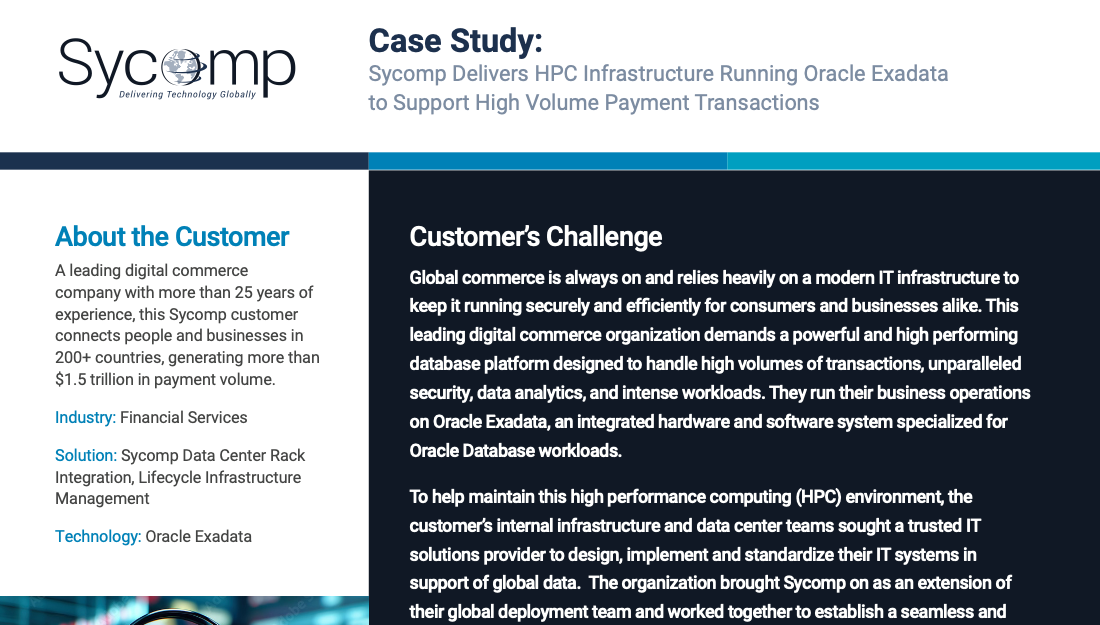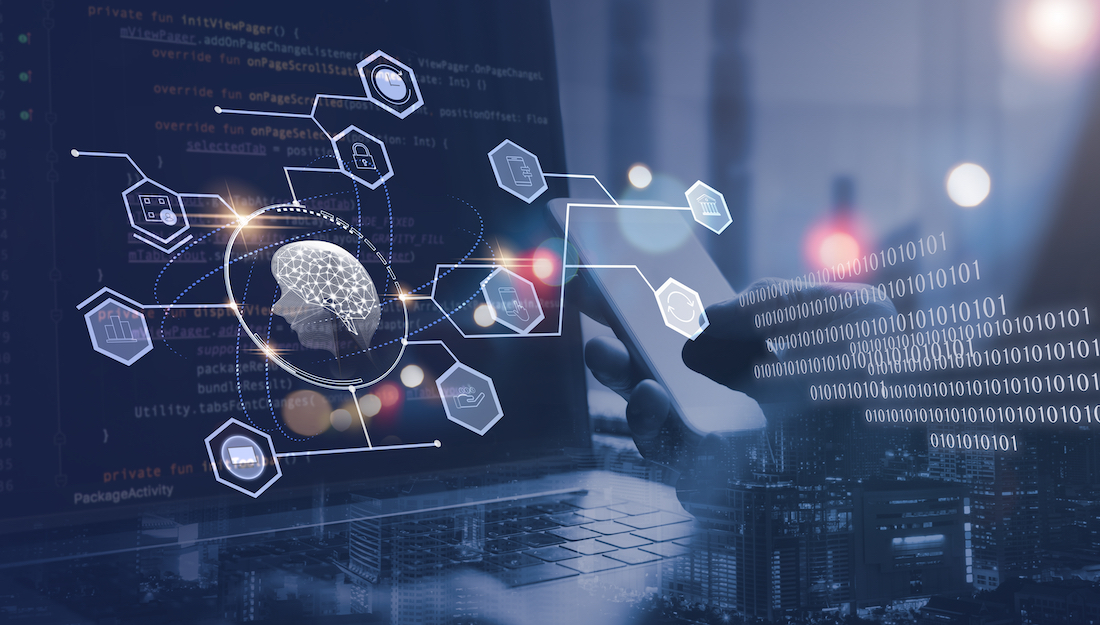
In my previous blog post, I discussed the basics of Cloud Observability and its importance when developing and operating workloads in cloud infrastructure. Now I’d like to dig into the weeds a bit by examining how we might use the insights we get from observability to make our workloads more available, secure, and resilient. And what if I told you that the blue… wait, that’s another story. What if I told you that the technology exists today to take those insights and make our workloads better automatically? Yep, we can do that with AIOps. Let me explain.
Understanding Observability
As a recap from our previous discussion, Observability is the capability to understand the internal state of a system based on the data it produces. It extends traditional monitoring by enabling the dynamic exploration of data to uncover unknowns. It relies on three primary data pillars:
- Logs: Immutable records of discrete events.
- Metrics: Quantitative measurements, such as CPU usage or response times.
- Traces: Records of a request's journey through a system, providing a distributed context.
Understanding AIOps
AIOps, aka Artificial Intelligence for IT Operations, is an approach which leverages AI and ML (machine learning) to enhance data analysis and automate IT operations. It aims to improve the efficiency and effectiveness of IT operations by analyzing large volumes of data, identifying patterns, and providing actionable insights.
AI and ML
At its core, AIOps are AI and ML algorithms. These technologies make it possible for AIOps platforms to learn from historical data, recognize anomalies, and predict potential issues before they become critical problems. These algorithms are continuously learning and adapting, which allows AIOps to continuously improve.
Automation and Orchestration
Another key element of AIOps is automation and orchestration. Automation is the ability to execute tasks without human intervention, while orchestration is coordinating many automated tasks which together achieve a specific outcome. Together, they allow AIOps to streamline IT operations and reduce the burden on IT teams.
How AIOps Works
AIOps platforms collect and analyze data from various sources, such as logs, metrics, and events (traces). Then, using AI and ML, they identify patterns and correlations, detect anomalies, and predict potential issues. Based on these insights, AIOps can trigger automated actions or provide recommendations to IT teams.
The Intersection of Observability and AIOps
Observability serves as the backbone for AIOps. While observability tools generate and collect data, AIOps platforms analyze and act on it. Together these two parts allow IT teams to gain real-time insights into system health, detect anomalous behaviors before for they become major issues, and automate repetitive tasks, ultimately reducing Mean Time to Resolve (MTTR).
Without a great observability platform, AIOps couldn’t deliver usable actionable insights, since incomplete or low-quality data leads to inaccurate predictions and decisions.
The Role of Observability in AIOps
Intelligent Correlation and Noise Reduction: One of the key benefits of AIOps is its ability to intelligently correlate data from different sources and reduce noise. Traditional monitoring tools typically generate many alerts, and some are false positives. AIOps can filter out irrelevant alerts and focus on the most critical issues, helping IT teams to prioritize their efforts.
Root Cause Analysis with Context: AIOps platforms can perform root cause analysis with contextual awareness. By analyzing data from multiple sources and understanding the relationships between different components, AIOps can identify the root cause of an issue more accurately and quickly.
Predictive Analytics for Proactive Management: Predictive analytics is a powerful feature of AIOps. By analyzing historical data and identifying trends, AIOps can predict potential issues before they occur. This enables IT teams to take proactive measures and prevent problems from impacting the business.
AI-Driven Insights for Better Resource Allocation: AIOps provides AI-driven insights which help IT teams to allocate resources more strategically. By understanding the current and future demands on the IT infrastructure, AIOps can recommend optimal resource allocation strategies, ensuring that resources are used efficiently and cost-effectively.
Auto-Remediation: The Next Step in Cloud Management
What is Auto-Remediation and Why is it Cool?
Auto-remediation is the process of automatically resolving issues without human intervention. It is a natural extension of AIOps and takes automation to the next level. Auto-remediation can significantly reduce the time to resolution and improve the overall reliability of IT operations.
Some Real-World Examples of Auto-Remediation
Automatic Scaling During Traffic Spikes: When there is a sudden increase in traffic, auto-remediation can automatically scale out resources to handle the load and scale them in when the traffic is reduced.
Self-Healing of Failed Services: When a service fails (remember, a wise man once said, “everything fails all the time”), auto-remediation can automatically restart the service or switch to a backup instance, ensuring minimal disruption to the business.
Security Incident Response and Mitigation: If a security incident happens, auto-remediation can automatically isolate the affected systems, apply patches, and notify the security team.
Integrating AIOps with Auto-Remediation
Building an AIOps-Powered Auto-Remediation Framework
To build an AIOps-powered auto-remediation framework, organizations need to integrate AIOps platforms with their existing IT infrastructure and automation tools. This involves setting up data collection, defining automation workflows, and configuring the AIOps platform to trigger automated actions based on specific conditions.
AIOps and auto-remediation can be integrated with existing DevOps tools and processes to enhance the overall efficiency of the development and operations teams. This integration enables continuous monitoring, automated testing, and seamless deployment, ensuring that issues are detected and resolved quickly.
Some Challenges and Considerations
Over-Reliance on Automation: While automation can significantly improve IT operations, over-reliance on automation can lead to complacency and a lack of oversight. It is important to strike a balance between automation and human intervention to ensure that issues are properly managed.
Data Quality and Model Accuracy Issues: How well your AIOps platform works depends on the quality of the data and the accuracy of the models. Poor data quality and inaccurate models can lead to incorrect insights and actions. Organizations need to invest in data quality management and continuous model improvement to ensure the effectiveness of AIOps.
Managing False Positives and Negatives: False positives and negatives are common challenges in AIOps. False positives can lead to unnecessary actions, while false negatives can result in missed issues. Organizations need to implement strategies to manage false positives and negatives, such as fine-tuning the models and continuously monitoring the performance of the AIOps platform.
Best Practices for Implementation
Continuous Learning and Model Improvement: Continuously update and improve the AI and ML models to ensure that they remain accurate and effective.
Collaboration Between AI, DevOps, and Security Teams: Foster collaboration between different teams to ensure that AIOps and auto-remediation are implemented effectively and aligned with the organization's goals (DevSecOps).
Monitoring and Reviewing Auto-Remediation Actions: Regularly monitor and review the actions taken by the auto-remediation system to ensure that they are appropriate and effective.
Future Trends in AIOps and Auto-Remediation
Emerging Technologies
Advances in AI and ML algorithms will continue to enhance the capabilities of AIOps, enabling more accurate insights and actions.
Improved predictive capabilities will enable AIOps to anticipate and prevent issues more effectively, further reducing the impact of IT incidents on the business.
The Evolution of Cloud Operations
The Shift Towards Fully Autonomous Operations: The future of cloud operations is headed to fully autonomous operations, where AI and automation handle the majority of IT tasks, allowing IT teams to focus on strategic initiatives and innovation.
Conclusion
AIOps and auto-remediation represent the future of cloud management. By leveraging AI and automation, organizations can improve the efficiency and effectiveness of their IT operations, reduce the time to resolution, and enhance the overall reliability of their IT infrastructure. I encourage you to explore and adopt AIOps for improved cloud observability and auto-remediation. The future of cloud management lies in intelligent automation and continuous innovation, and Sycomp can help you achieve this with our comprehensive range of services including ObservabilityOne, a comprehensive set of services from assessment of current state to implementation of your dream observability and AIOps platforms.
About the Author

Bob Dussault serves as the Principal Cloud Architect and Technical Lead for Sycomp’s AWS Practice. He specializes in AWS cloud architecture, with an emphasis on Cloud Operations, Observability, FinOps, and DevOps. Bob is an AWS Certified Professional, possessing both the AWS Solutions Architect Professional and DevOps Engineer Professional certifications.
Bob’s extensive experience and deep technical expertise make him a thought leader in cloud architecture, particularly within the AWS ecosystem, where he continues to drive innovation and deliver value to Sycomp’s customers.
Other Resources
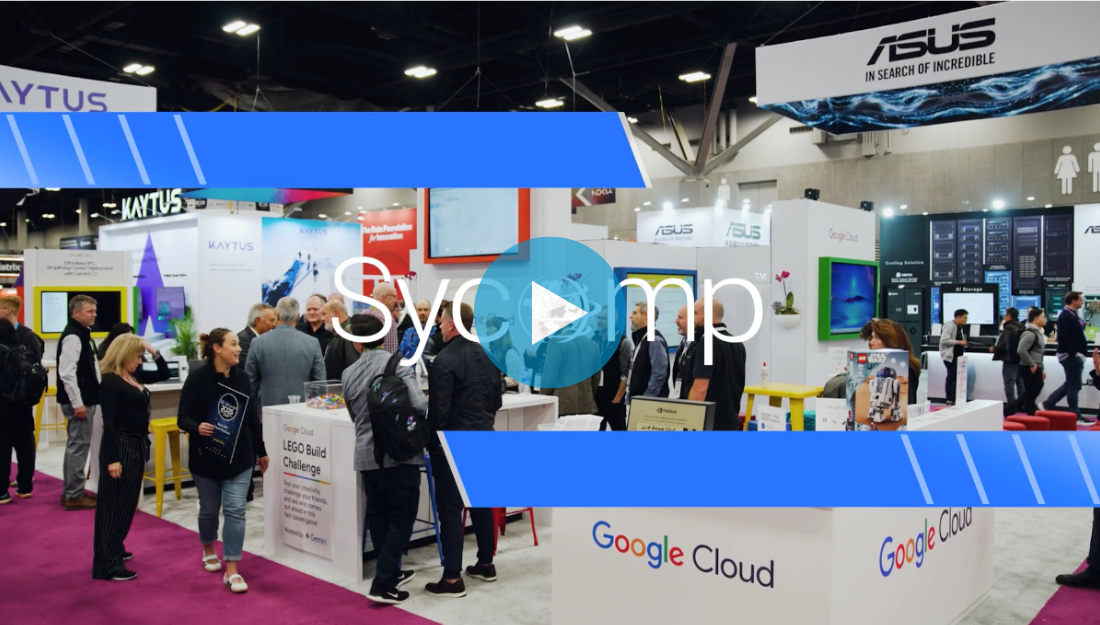
HPCwire Features Sycomp Intelligent Data Storage Platform at SC25
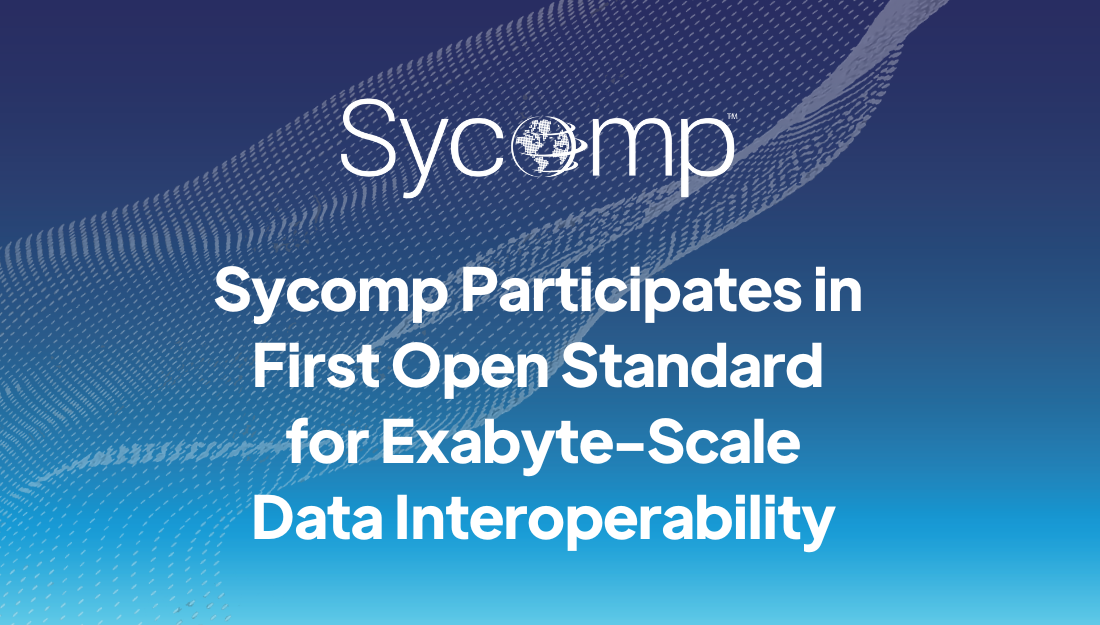
Sycomp Participates in First Open Standard for Exabyte-Scale Data Interoperability
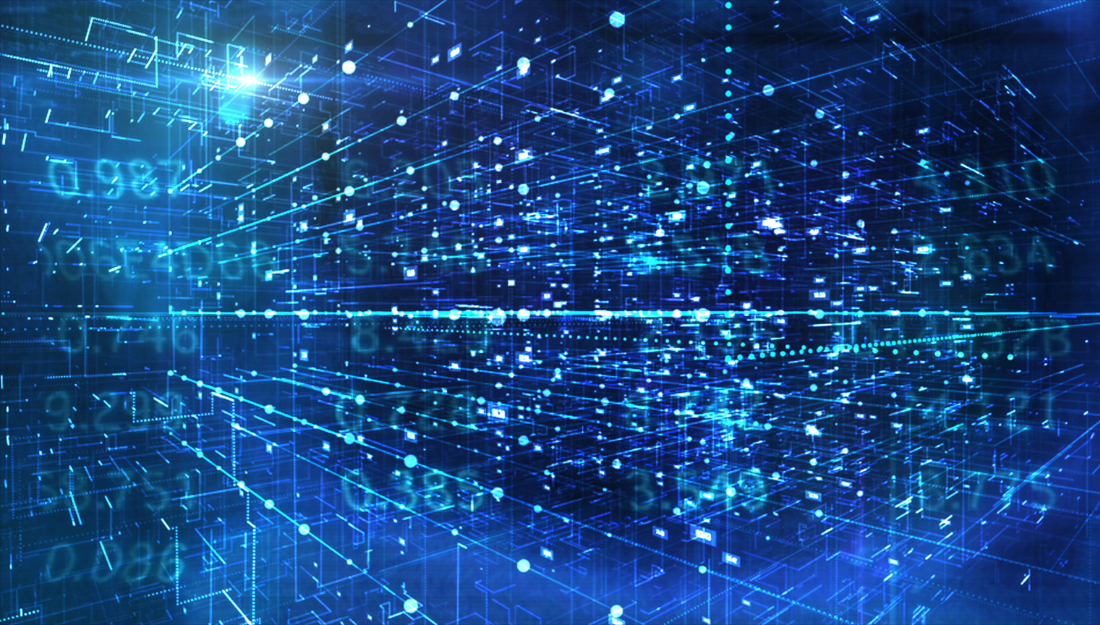
Single Namespace: Forging Simplicity out of the Complex
